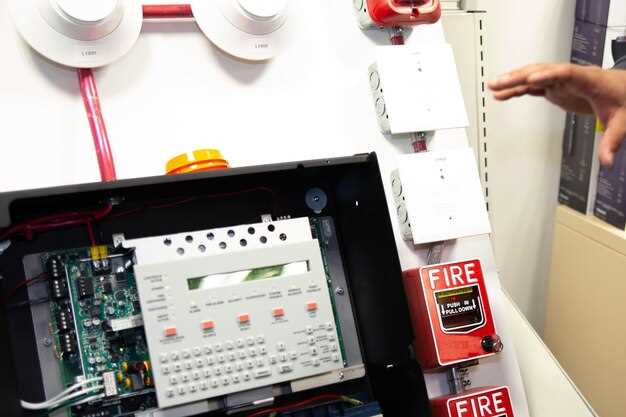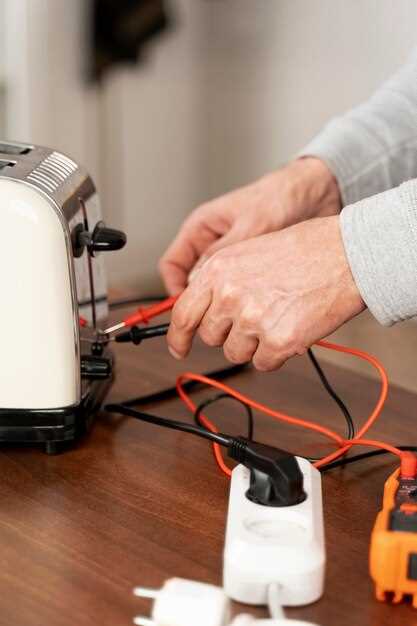
Electrical system failures can pose significant problems not only for equipment but also for personnel safety. Addressing these issues promptly and effectively is crucial to maintaining operational integrity and preventing escalation into hazardous situations. This article explores practical strategies to identify, assess, and fix electrical failures while ensuring the safety of everyone involved.
Understanding the common types of electrical failures, such as short circuits, overloads, and ground faults, is essential for effective management. By recognizing these failures early on, you can implement corrective measures to reduce downtime and mitigate risks. Moreover, educating your team about potential problems and the corresponding safety protocols plays a vital role in fostering a culture of safety.
When confronted with an electrical failure, the first step is to ensure that the area is secure. This includes de-energizing the affected systems and utilizing appropriate personal protective equipment (PPE) before any diagnostic procedures commence. By prioritizing safety, you can reduce the likelihood of accidents and set the stage for an efficient resolution of the issues at hand.
Effective communication and teamwork are also critical in the safe management of electrical system failures. Establishing clear lines of responsibility and ensuring everyone understands the protocols significantly increase the likelihood of a successful outcome. Following up with a thorough analysis after fixing the issues will also help in preventing future occurrences.
Identifying Common Electrical Problems in Your System

Electrical systems are integral to our daily lives, yet they can be susceptible to various problems. Identifying these issues early can prevent costly repairs and ensure safety. Here are some common electrical problems you may encounter in your system:
- Frequent Circuit Breaker Tripping:
This issue can indicate overloaded circuits or short circuits. If breakers trip frequently, you may need to fix wiring issues or redistribute electrical loads.
- Dimming or Flickering Lights:
Flickering lights can arise from loose connections or voltage fluctuations. To resolve this, check for secure connections and consider upgrading older dimmer switches.
- Burning Smells or Discoloration:
If you detect burning smells near outlets or switches, or see discoloration, this can signify overheating components. It is critical to address these problems immediately to prevent fire hazards.
- Shock When Touching Appliances:
Experiencing shocks while using appliances may indicate grounding issues or faulty wiring. This problem needs urgent attention to ensure safety.
- Inconsistent Voltage Levels:
Inconsistent power supply can lead to flickering lights and malfunctioning devices. Testing voltage levels with appropriate tools can help identify the source of the problem.
- Corroded Connections:
Corrosion on electrical connections can hinder performance and lead to power loss. Regular inspection and cleaning can prevent this issue.
Understanding and identifying these common electrical problems is vital. Addressing them promptly can prevent further complications and enhance the overall safety and efficiency of your electrical system. Always consult a professional electrician when in doubt or when attempting to fix complex electrical issues.
Step-by-Step Guide to Troubleshooting Electrical Issues
When confronted with electrical problems, following a systematic approach can significantly enhance your ability to fix the issue safely. Start by ensuring your safety. Turn off the power to the affected area at the circuit breaker to prevent any electrical hazards.
Next, identify the symptoms of the problem. This may include flickering lights, tripped breakers, or non-functioning outlets. Take detailed notes about the specific circumstances under which the problems occur, as this information will be crucial for diagnosis.
Once you have identified the symptoms, inspect the affected components visually. Look for signs of damage such as burnt wires, melted outlets, or unusual smells. Pay attention to connections and ensure they are secure. If any components appear damaged, they may require repair or replacement.
Test the circuit using a multimeter to check for voltage. This tool allows you to measure the electrical current and ensure power is flowing properly. If there is no voltage where there should be, trace the wiring to locate the source of the interruption.
If the initial inspection yields no results, check for overloaded circuits. Overloading can cause breakers to trip or fuses to blow. Reducing the number of devices on the circuit can help diagnose the issue or prevent it from occurring again.
If you have narrowed the problem down to a specific appliance or circuit and cannot find the solution, consult the manufacturer’s manual for troubleshooting tips that are unique to the device. Additionally, online resources or forums may offer insights from others who have experienced similar issues.
For persistent issues that remain unresolved, it may be necessary to contact a licensed electrician. They possess the expertise and tools required to diagnose and fix complex electrical problems safely. Always prioritize safety and call a professional when in doubt.
Safety Procedures During Electrical Repairs and Maintenance

When performing electrical repairs and maintenance, safety must be the top priority to prevent accidents and minimize risks. First, always ensure that the power supply is turned off before starting any work. This can be done by switching off the main breaker or removing the fuses associated with the circuit being serviced.
Next, use appropriate personal protective equipment (PPE) such as insulated gloves, safety goggles, and non-conductive footwear. This gear helps protect against electrical shocks and other potential hazards associated with electrical problems.
Additionally, keep your work area dry and free from clutter to avoid tripping hazards and ensure that tools are insulated and in good condition. Never work on electrical systems in wet conditions, as moisture significantly increases the risk of shock.
Use tools specifically designed for electrical work, as they are built to withstand high voltages and reduce the risk of short circuits. Verify that these tools, such as multimeters and wire strippers, are properly maintained and regularly inspected.
When troubleshooting electrical problems, always follow the manufacturer’s guidelines and use schematics to understand the circuitry. If you’re uncertain about any aspect of the repair, seek assistance from a qualified electrician rather than taking unnecessary risks.
Finally, after completing repairs, double-check all connections and make sure to test the system to ensure it operates correctly before restoring power. Document the work performed, and maintain records for future reference. Implementing these safety procedures can greatly reduce the risks associated with electrical repairs and maintenance.



